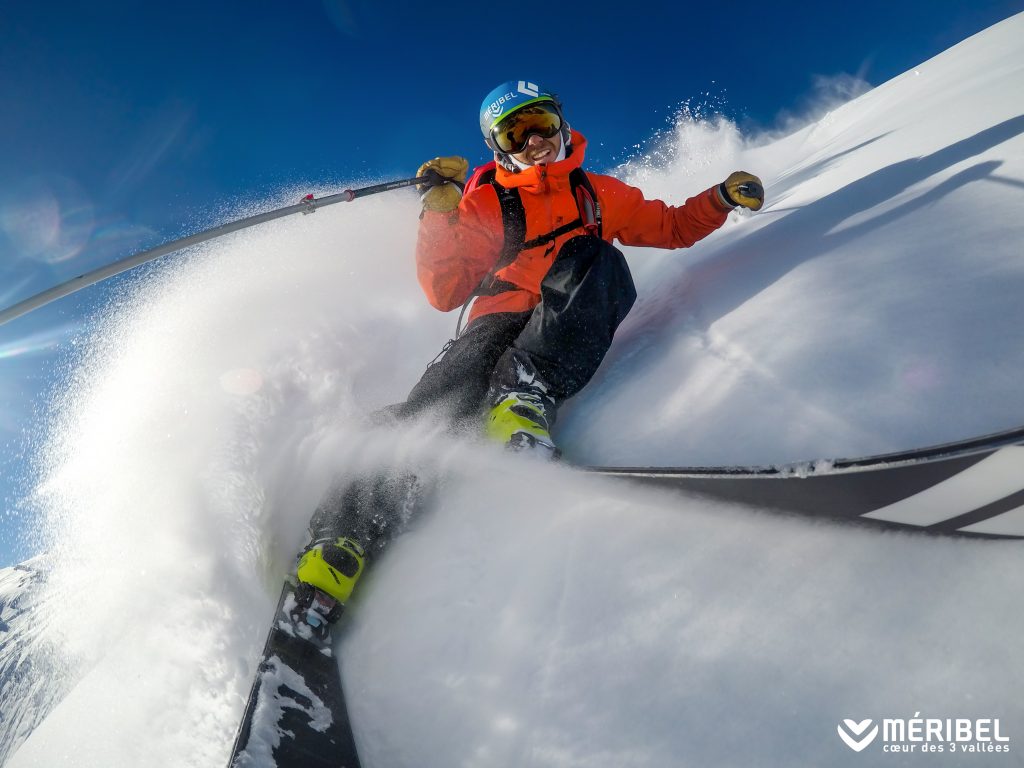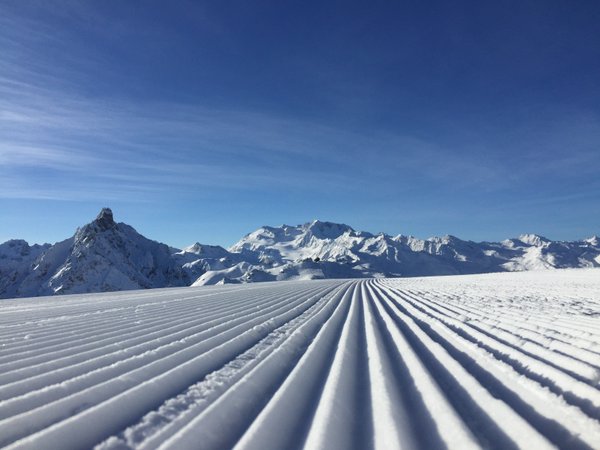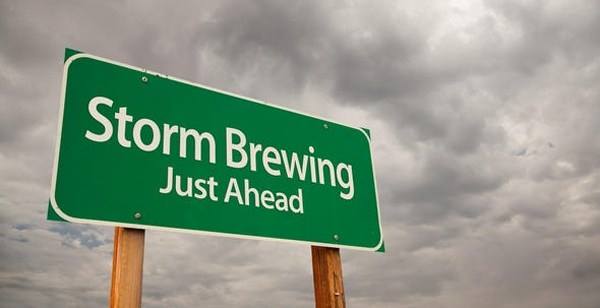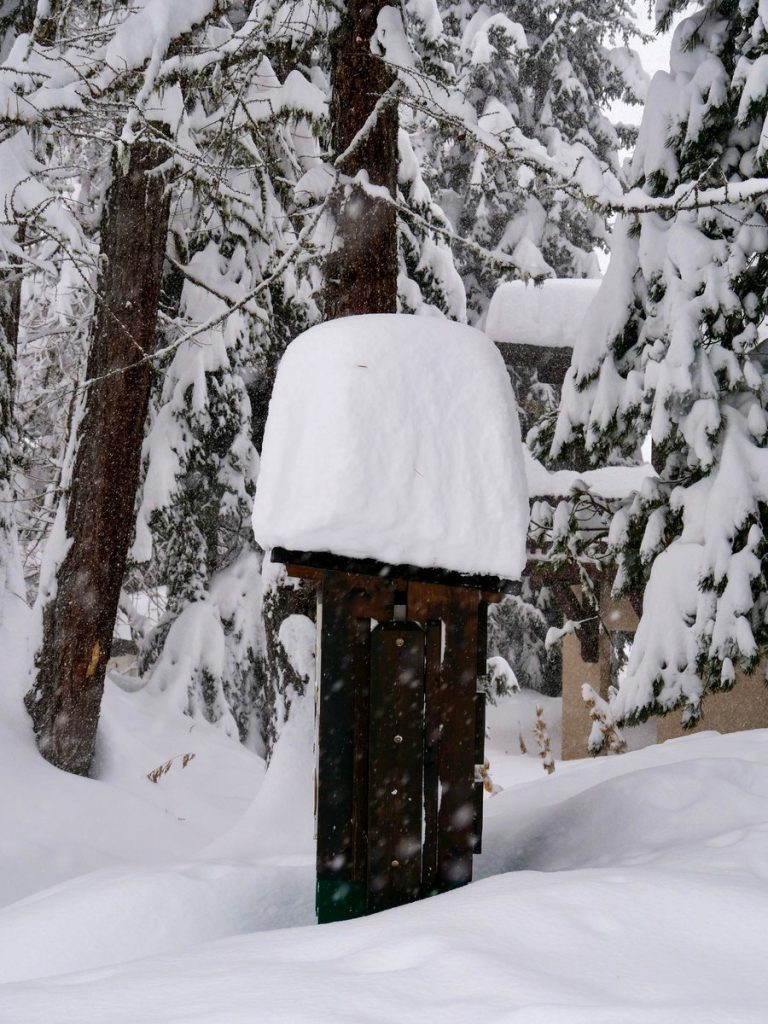Kate Bush is back on top of the charts with ‘Running Up That Hill’ (thanks to Stranger Things), but one of her less well known albums is ’50 Words for Snow’.
Just how many words for snow are there? The Sami in Lapland apparently have 180 words for snow, but way out ahead are our friends in Scotland, with over four hundred words for snow.
In this blog post we look at just 10 of the best words for snow.
1. Powder
This is the snow we all love best. Known romantically as ‘Kona-Yuki’ in Japanese, skiers and snowboarders around the world dream of waking up in the morning to deep, fresh powder and blue, blue skies.

2. Puking it down
Okay, not technically a word for snow, but an expression we love. It’s rare that we think of ‘puking’ as a good thing, but when those huge flakes are throwing themselves to the floor and the snow is piling high it’s time to get excited.
3. Corduroy
Weirdly known as ‘Manchester’ snow in Sweden (because back in the day that’s where all corduroy material came from), corduroy is perhaps the most flattering snow you can ski. Carving GS turns over freshly groomed snow is close to as good as it gets.

4. Spring Snow
In contrast to the uniformity of corduroy, ‘spring snow’ is formed naturally, rather than by a snow groomer. Also known as ‘corn snow’, warmer spring conditions see snow melt towards the end of each day, but then re-freeze overnight. The best time of day for spring snow depends on how quickly the day warms up, but it’s all worth it when you hit that sweet spot.
5. Snowflake
Every snowflake is unique. What else needs to be said?

6. Sleet
The worst kind of snow. Frozen rain – known as ‘graupel’ in German – is the only type of snow that will sent us back to the chalet for a day off!
7. Slush
Also known as ‘porridge’, or ‘la soupe’ in French, slush is spring snow on a warm day plus a few hours. It’s partially melted snow and can be very heavy underfoot. Depending how much slush is on the piste, it could be worth taking the lift down for a change.
8. Boilerplate
More likely to be seen in periods of low snowfall combining with a very cold spell, boilerplate is as hard a surface as you’ll ever ski on. Make sure your edges are sharp and your knees are warmed up.
9. Breakable Crust
Powder is magnificent, but when it’s followed by high winds and a slight rise in temperatures, then breakable crust can result. The powder is there, but it’s sitting below a thin layer that will collapse as soon as you start to turn on it. Be fit, have wide skis and good technique and it can be great fun.
10. Whiteout
Are you are a fair-weather skier? If so, then a whiteout is not for you. But to the purists, a day when it snows all day is just another day on the mountain, just with fresh snow. Yes the visibility isn’t so good, but to paraphrase Obi Wan Kenobi: “Just rely on your instinct!”

Book your ski chalet holiday
Whichever snow is your favourite, you can book your ski chalet holiday through Chaletline.
We can help find you the right ski holiday for your group – simply give us a call on 01822 617761 and we’ll talk through all the options.




